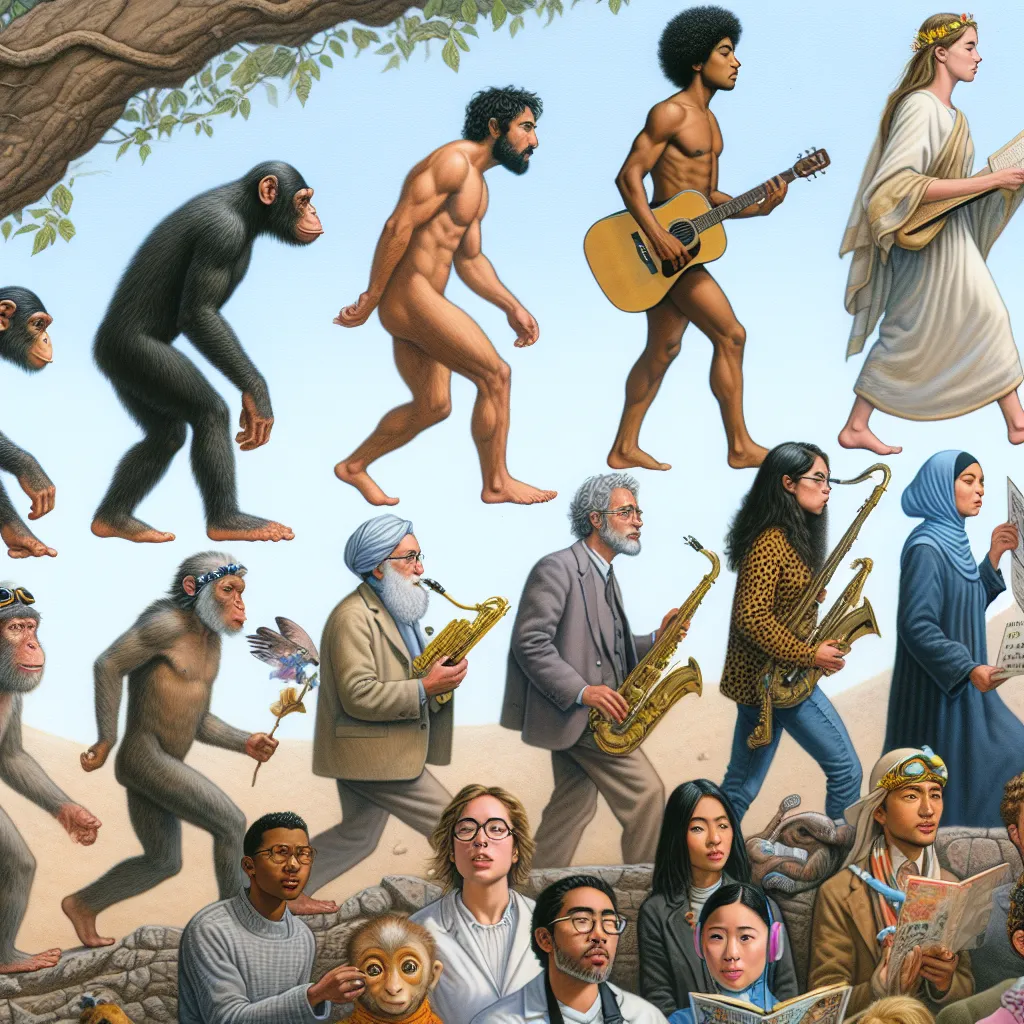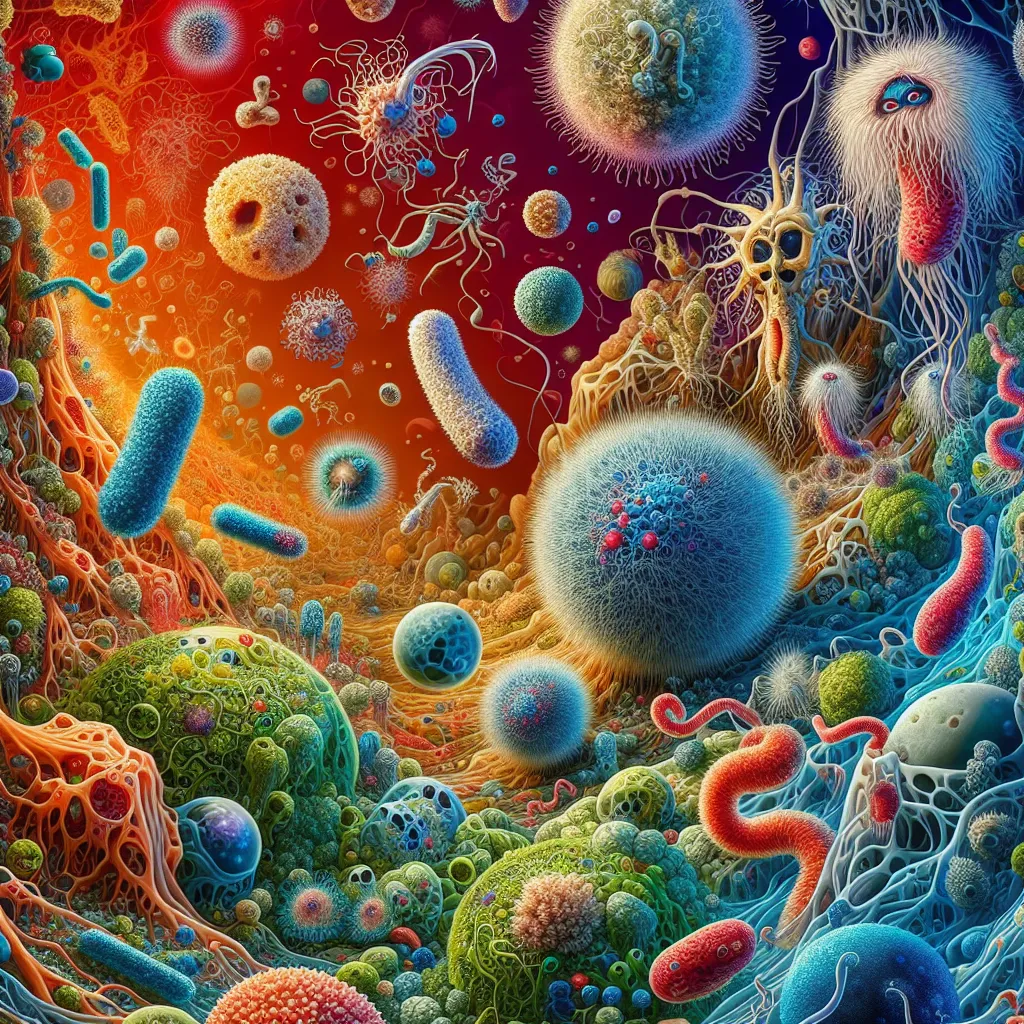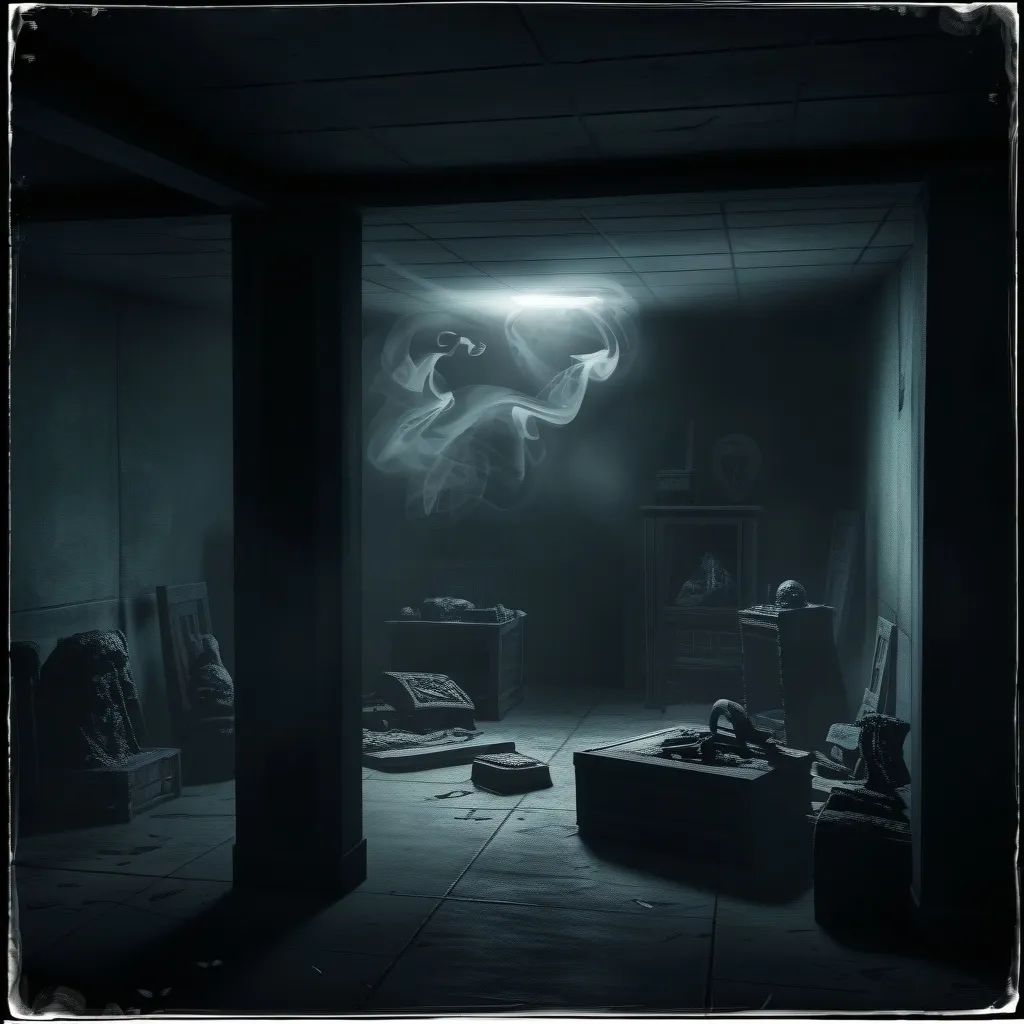On the evening of November 22, 1987, Chicagoans were in for a bizarre experience. It started as a typical night with Dan Roan reporting sports on WGN TV Channel 9. Suddenly, the transmission was cut, and the screens went black. Engineers scrambled, thinking their transmitters had failed. But a few seconds later, it became evident that WGN’s broadcast signal had been hijacked. This incident would soon become known as the Max Headroom incident.
The intruder was a figure wearing a rubber mask and sunglasses, resembling Max Headroom, a popular artificial intelligence TV character. The strange figure didn’t utter a word but managed to unsettle everyone. After about 30 seconds, WGN’s technicians regained control and got Dan back on air. Yet, the real problem had just started.
Two hours later, another TV station was hit. This time, PBS Channel 11 was airing a Doctor Who episode when the mysterious Max reappeared. This second hijacking lasted longer, playing to its entirety, as no engineers were present to stop it.
Max Headroom was a character known to most TV viewers in 1987. He debuted in the cyberpunk TV movie “Max Headroom: 20 Minutes into the Future” in 1985 and had his own show running in the UK and the US. The show was a critique of a dystopian future where TV networks wielded unparalleled power, manipulating laws and watching viewers’ every move.
The hacker’s transmission included strange ramblings and references, some mocking TV personalities and companies. For instance, the catchphrase “Catch the Wave” referenced Max Headroom’s Coca-Cola campaign, throwing corporate hypocrisy into the spotlight.
Officials from the FCC and the FBI quickly launched an investigation. They feared that if a local TV signal could be hijacked, more critical systems might also be vulnerable. Nevertheless, this hijacking required advanced knowledge and equipment, suggesting the perpetrators were no ordinary pranksters.
Interestingly, a similar hijacking incident happened a year before when a hacker dubbed Captain Midnight interrupted an HBO broadcast to protest the network’s price hike. The HBO intrusion was tracked to John McDougall, a satellite technician annoyed by the network’s pricing policies.
The Max Headroom investigation, widely discussed across various media, eventually went cold. Theories about the culprits have emerged over the years, but none have led to definitive answers. It seems the hijacking was done for pure curiosity and the thrill of achieving it.
While some find the mystery and the audacity of the Max Headroom incident fascinating, others see it as a stark reminder of the vulnerabilities in our broadcasting systems. The incident has since become a part of TV lore, captivating and mystifying audiences even after decades.






